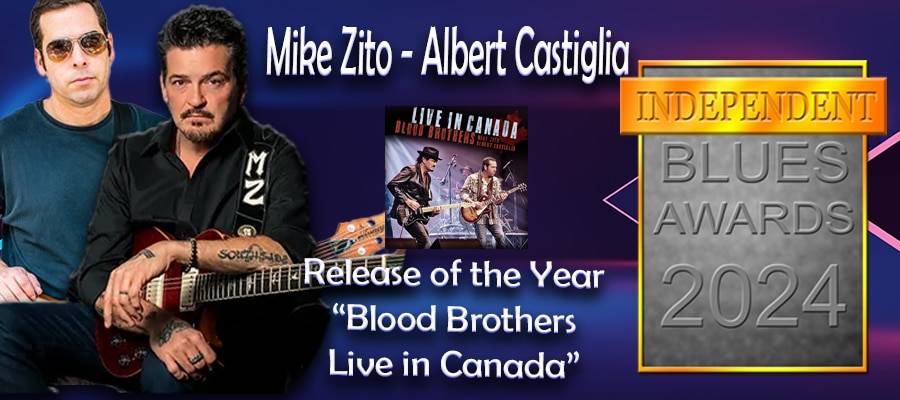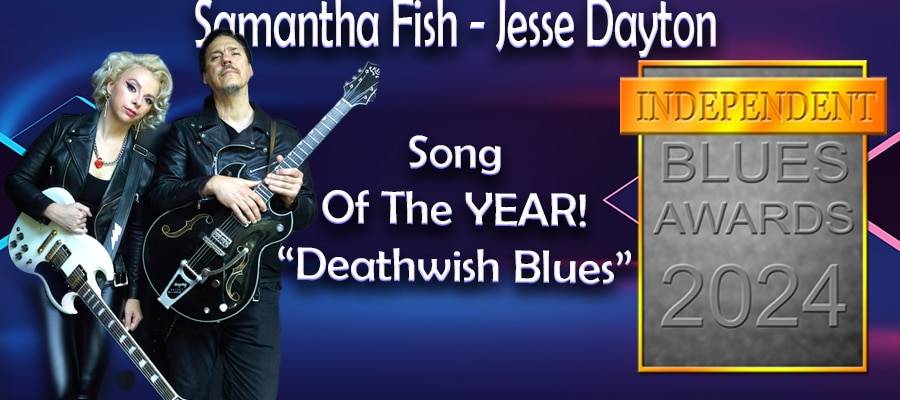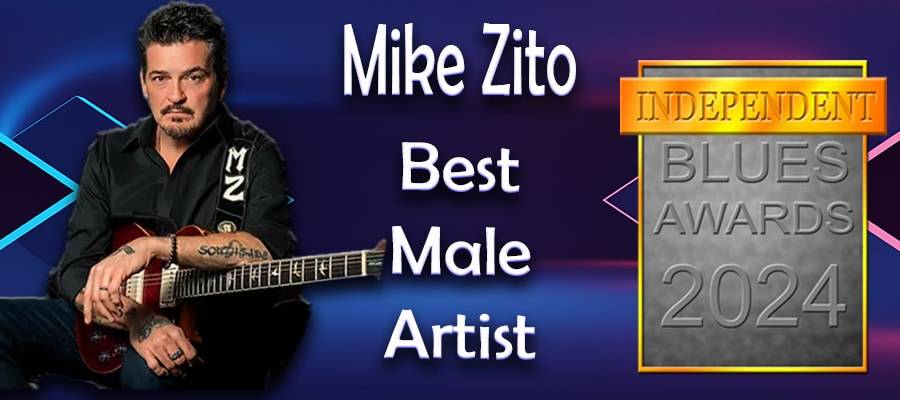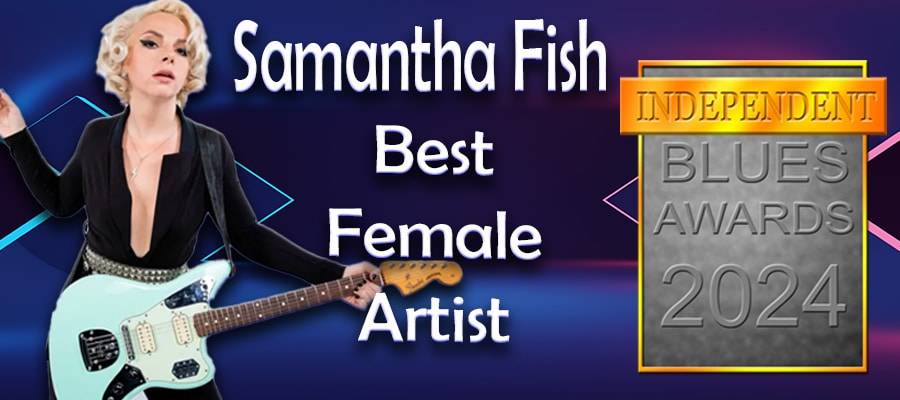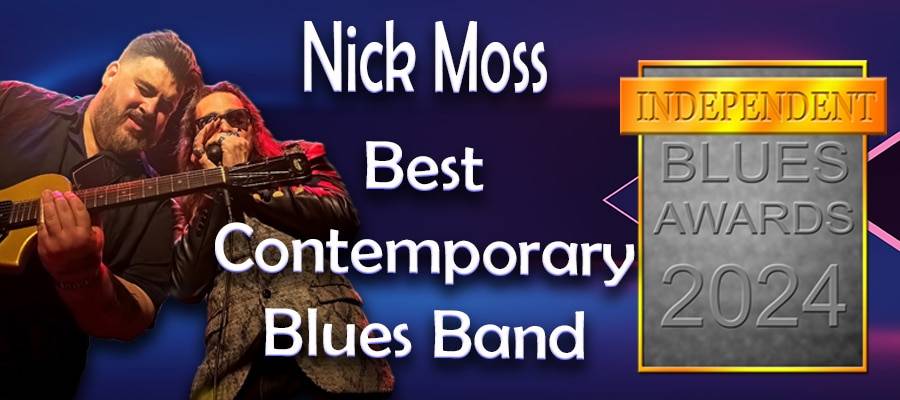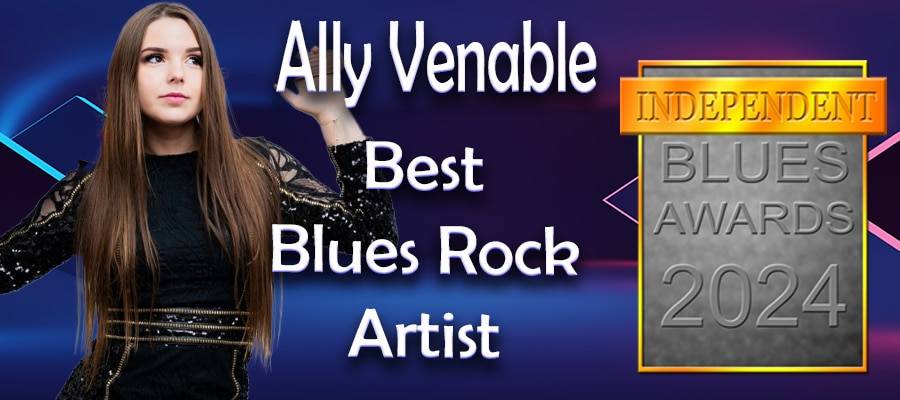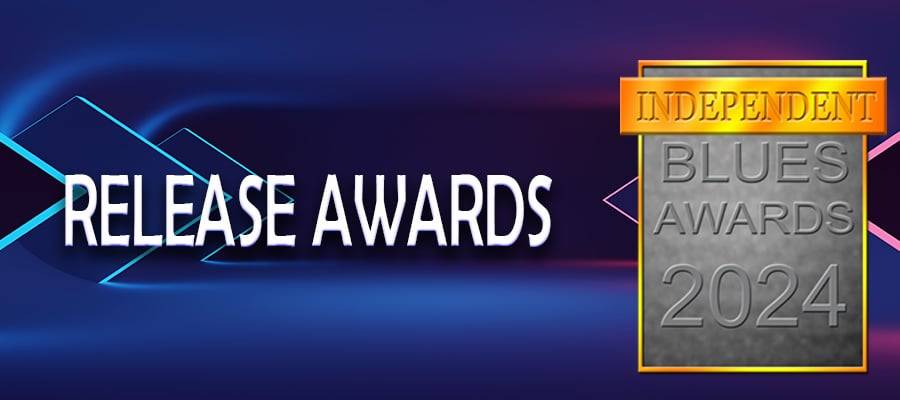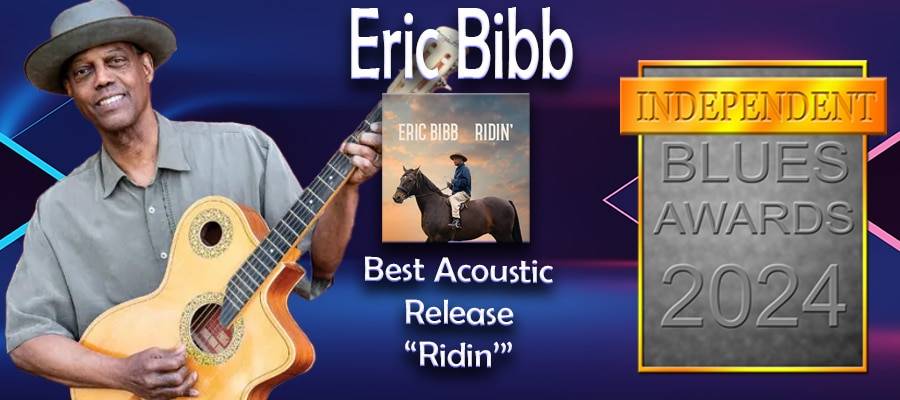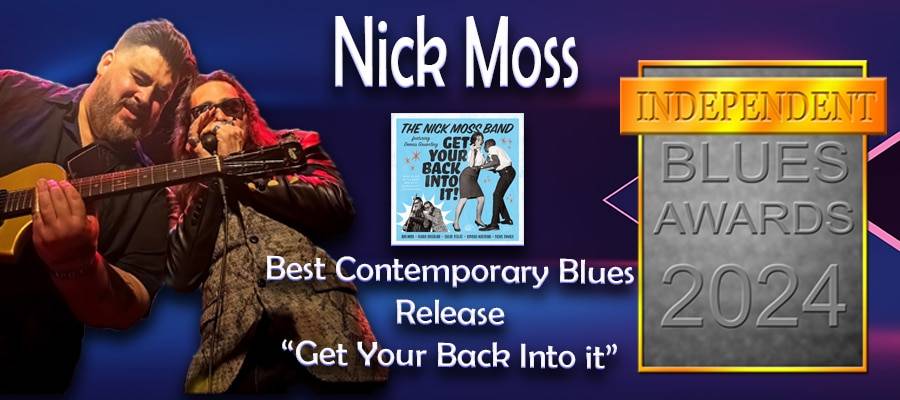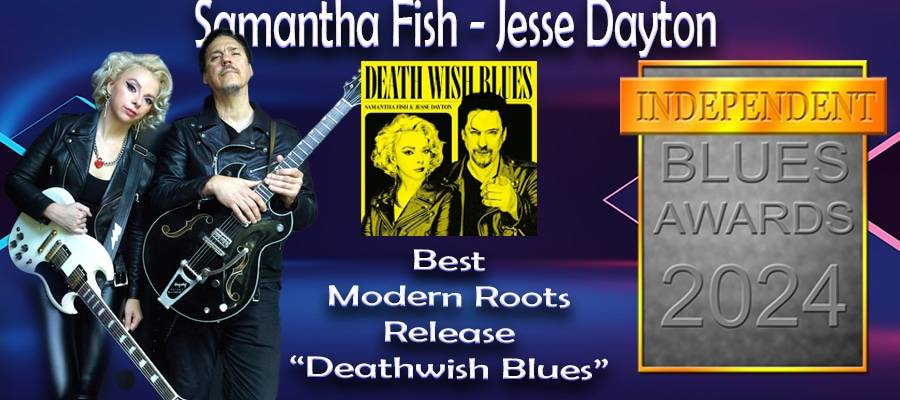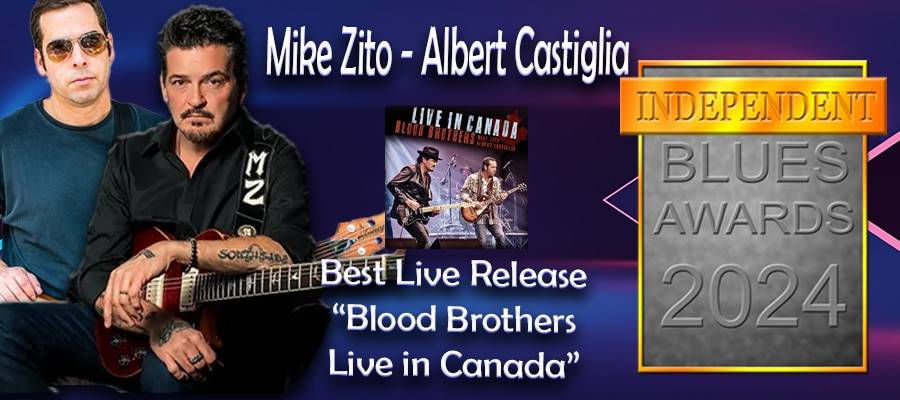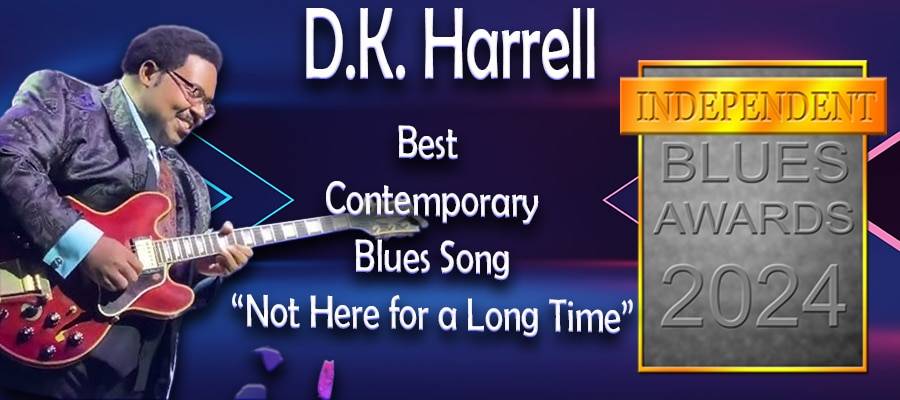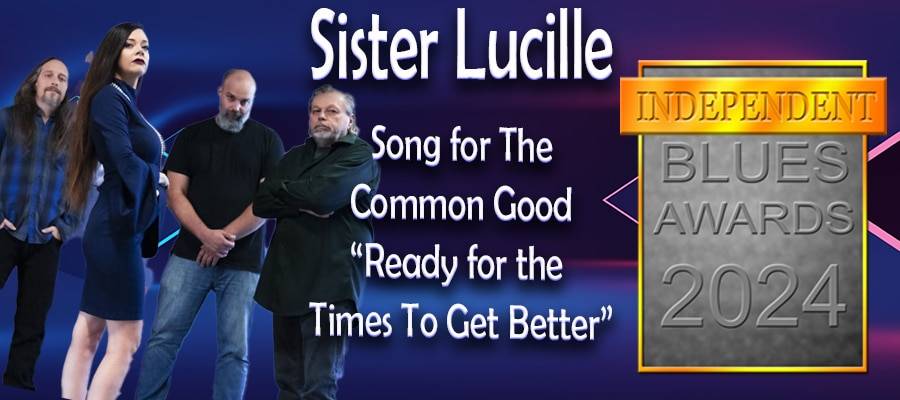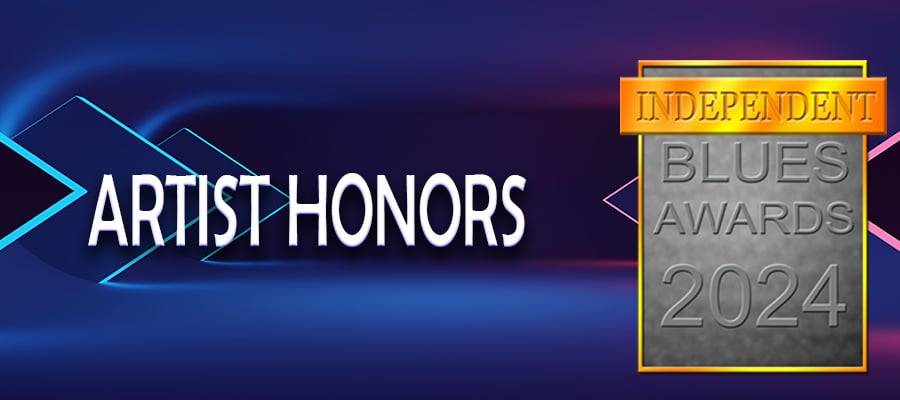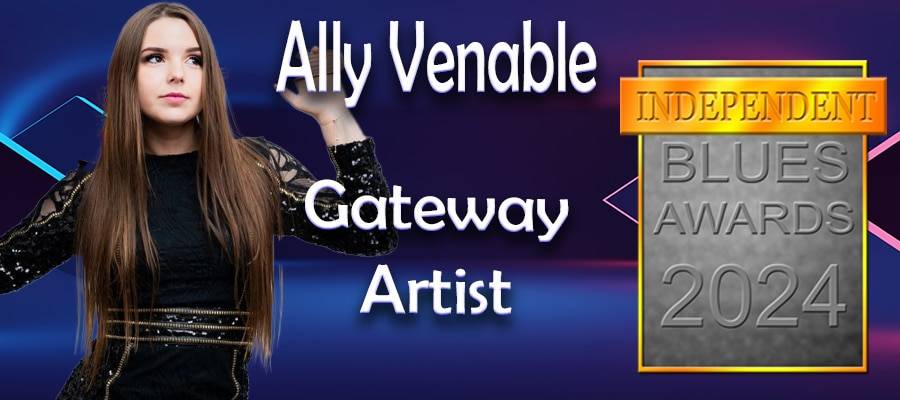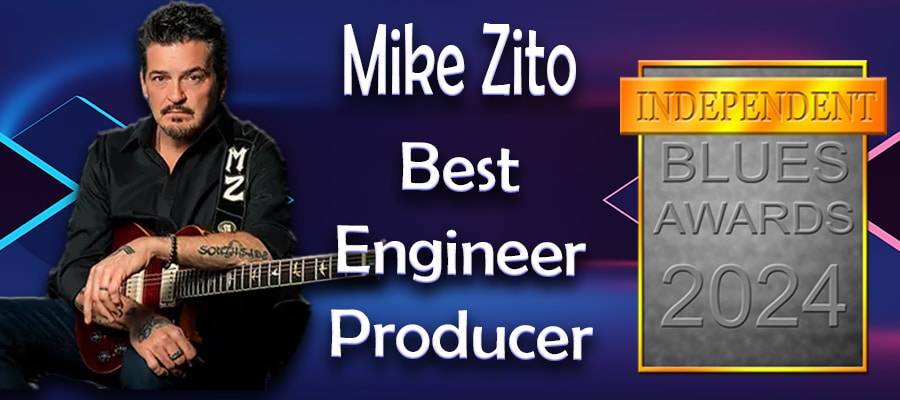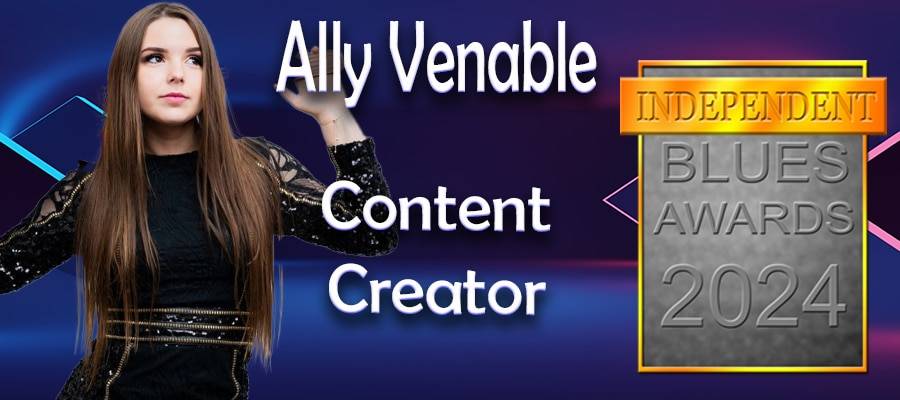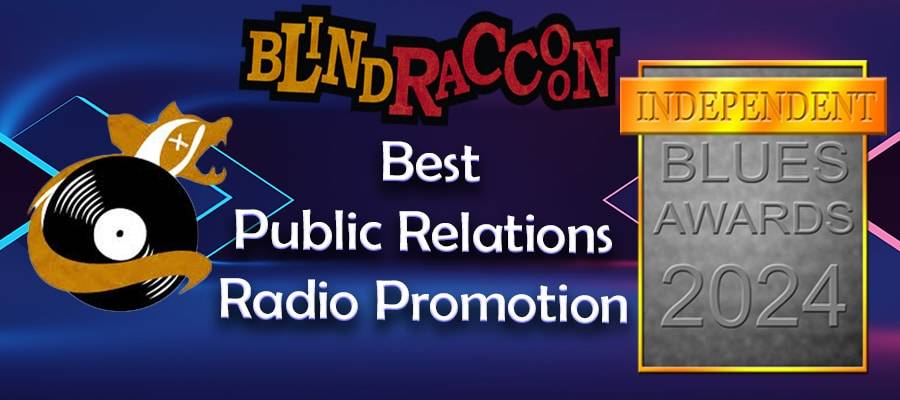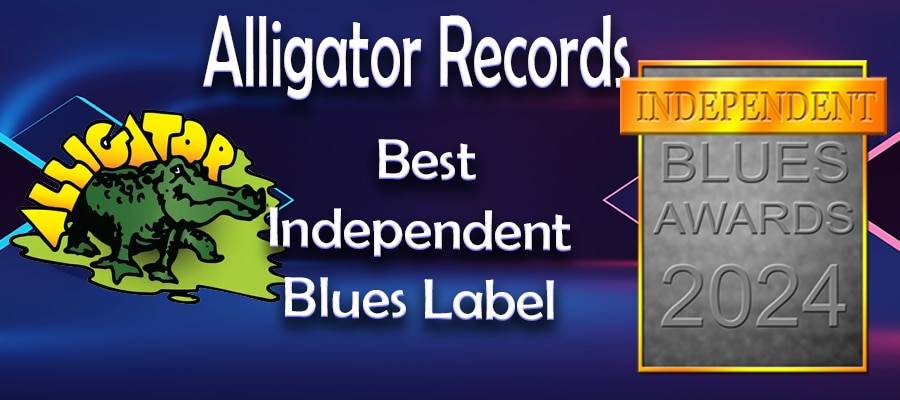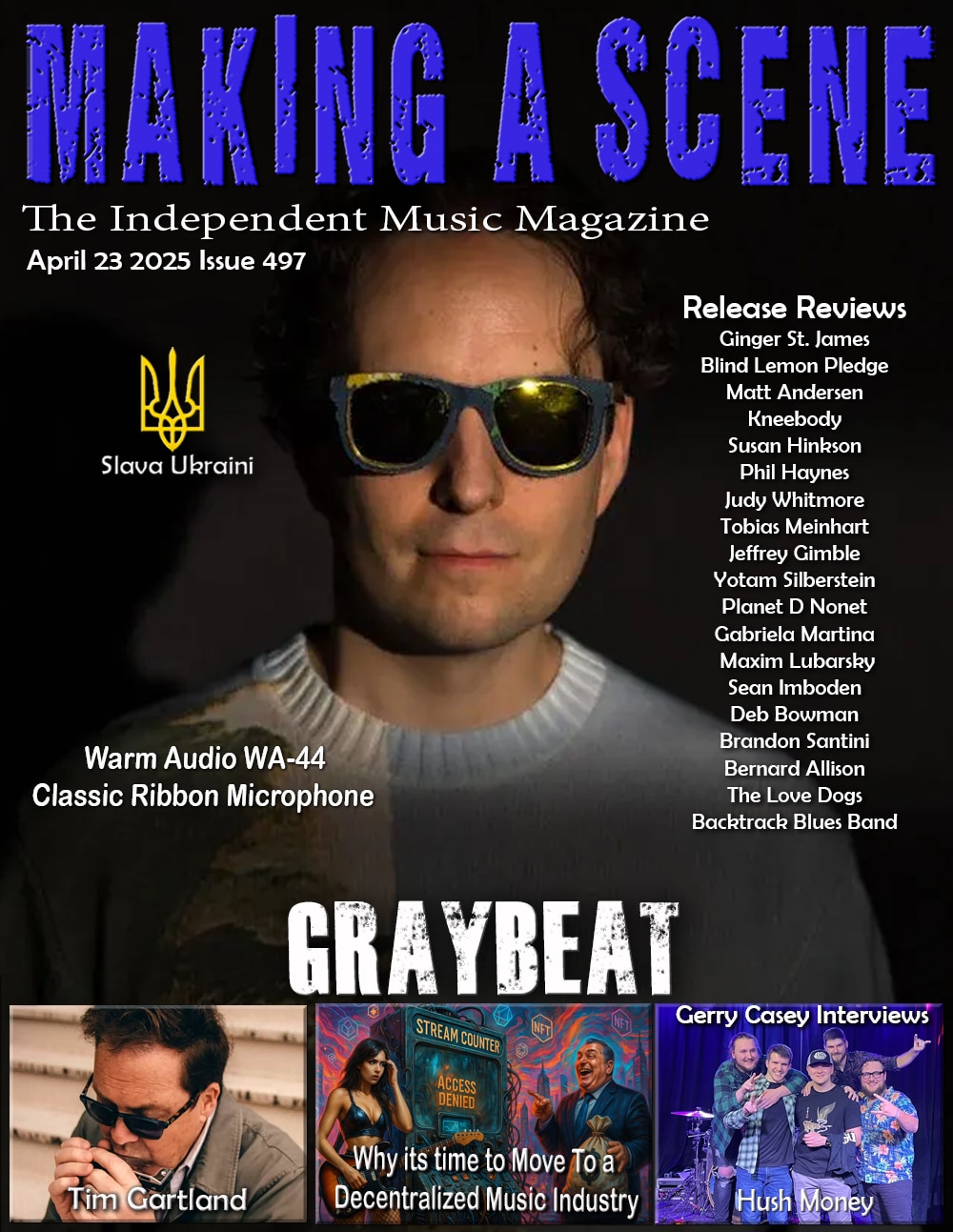Jed Levy Faces and Places
 Jed Levy
Jed Levy
Faces and Places
A Life in Music
Faces and Places is the 11th album for the energetic, robust, and versatile NYC- based tenor saxophonist Jed Levy. On the descriptor ‘versatile’ consider that in the same week, Levy played with the Cab Calloway Orchestra, the with MIke C?lark and Charlie Hunter at the Knitting Factory, then to the Apollo with the Temptations and Four Tops, and finally to Birdland with Chico O’Farrill’s Afro Cuban Orchestra. Albeit, that was a few years ago, but that same verve and drive is clearly evident on this recent release after four decades of performing in organ trio soul-jazz, plugged-in funk, harmonically advanced post-Bil Evans and surging hard bop Woody Shaw ensembles to chamber jazz and the top-level Afro-Cubop and Samba bands. Here he fronts a well-oiled quartet that had logged several gigs in NYC before entering the studio. They are a group of heavyweights – Grammy winning pianist Luis Perdomo (Tom Harrell, Ravi Coltrane, Miguel Zenon), veteran drummer Alvester Garnett (Abbey Lincoln, Betty carter, Regina Carter), and bassist Peter Slavov (Joe Lovano, Quincy Jones, Paul Winter). These generous twelve tracks run for a full 79 minutes, traversing countless rhythm changes and musical motifs.
The album kicks off with the constantly shifting “Email” as we know that form of communication comes in various tones, lengths, and frequencies. He named it such when realizing that the first two notes sounded like the chimes of his AOL inbox chime. From the opening rubato tenor- piano introduction, the quartet courses through Afro-Cuban rhythms and a plethora of other grooves with Levy confidently steering the ship and taking gleeful flight in the process. He passes the baton to Perdomo who doesn’t blink as the bass-drum tandem keeps a sturdy undercurrent. When Levy re-enters forcibly, the last coda becomes especially hard edged. “Danza de Berrios” is more reflective and lyrical, a dedication to the late drummer Steve Berrios, a compatriot of Levy’s in Chico O’Farrill’s band. Garnett plays bells in the last section in he same way he was taught by Berrios himself. Levy’s lyrical tenor vocabulary is on fine display in “Calcatta” as he tries to capture the unique feel of the twelfth century town perched on a rock outcropping 400 feet above the valley. It has remained an artist colony since the ‘70s. Staying with Rome, the conversant “Twiddle Twaddle” is named for how a B&B host for numerous musicians near Rome, uses that term for chit-chatting. Judging by the composition, these casual chit-chats are more like vigorous exchanges with Perdomo and Levy authoring effervescent excursions.
The mood shifts into a calm ballad, a prudent pacing move after the preceding four, giving us a completely different side of quartet in utmost restraint mode. “Coming to Terms,” stated so eloquently on Levy’s tenor, is about acceptance and quiet resolve. The reflective shifts to bright and buoyant on St. Simons, as Levy basks in the joy of a sunny vacation on the island off the shore of Georgia. Perhaps still inspired by the ocean and sun, “Personable,” has some West Indies flair, stemming from Levy’s time with West Indies musicians. Levy makes an interesting comment in relation to this one, “There’s an unintended quote in the first six notes of the melody of a popular show tune from the ‘60s which is where the title comes from. The quote is so well disguised that when I play it live, I offer to buy a drink for anyone in the audience who can tell me what it is. So far, my bar tab is $0.” Staying in this same frame of mind, “Tenerife” is about the largest of the Canary Islands, a remembrance of an aborted vacation that he and his wife planned, only to be scared off by a volcano eruption on a nearby island.
While the above are clearly mostly through composed pieces, with improvised elements in the solos, the standout “Leading Tone” is different. The bass part is counterpoint to the saxophone but the solos are free, not adhering to the melody. Levy charges into beast mode here, twisting and embellishing the melody, while the freedom give to the others is especially a boon for Perdomo, while Garnett keeps the Afro-Cuban beat flowing, ultimately making his own striking statement. “Haiku” becomes a feature for bassist Slavov as the quartet mirrors the five-syllable structure of the Japanese poem with its own five lines of music, perhaps best articulated in Perdomo’s solo. “Partido Tenor”is a play on the name of the Brazilian rhythm ‘partido alto’ while “Postscript” wraps up the program as a bookend, restating the rubato opening of “Email” but Levy uses a different rhythm and staggers the entrances of his bandmates.
There’s plenty to digest here, a stew of straight-ahead jazz, Afro-Cuban rhythms, unusual conventions, improvisation, and compositional prowess. Levy has delivered a masterpiece.
– Jim Hynes
Discover more from Making A Scene!
Subscribe to get the latest posts sent to your email.


